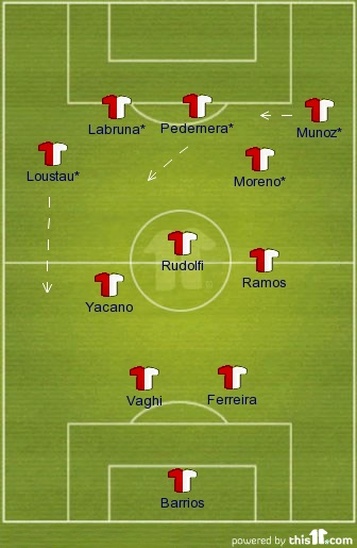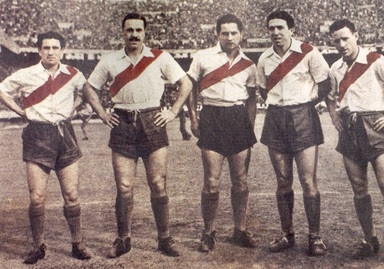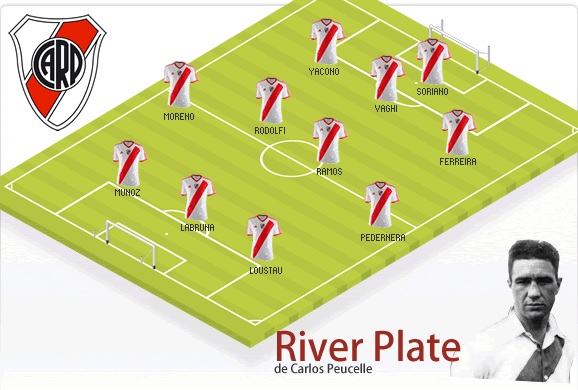Enigma_87
You know who
- Joined
- Aug 7, 2008
- Messages
- 28,061
To me, if there's not enough info on the personalities of the players we have to look at the formation and general style of the team. Sure you have 5 free flowing and attacking minded players but regardless if this is Joga Bonito side in a 3-2-5 system you still need those 2 midfielders or half backs at the time to bring the needed balance to the team.
When the other team has the ball you need ball winners. All examples of such systems have 2 ball winners in the middle of the park, otherwise you'll be missing the balance. For the record I think the mighty magyars were even more attacking minded side than la maquina and equally good ball hogs. There's a footage on youtube for the friendly game against England - one of the most famous ones and one of the goals is clear example. Even if you need more technical ball winners there are plenty of players in the pool to replicate just that.
Iniesta has a good work rate, but he's not Modric or Kroos (both would be better fits probably) to play him in a midfield 2 in a 3-2-5.
Also reading the player profiles wouldn't it make more sense to have Veron in the deeper role and the more pacy foil next to him? Veron has never boasted with a good pace, it's exactly the opposite in fact.
When the other team has the ball you need ball winners. All examples of such systems have 2 ball winners in the middle of the park, otherwise you'll be missing the balance. For the record I think the mighty magyars were even more attacking minded side than la maquina and equally good ball hogs. There's a footage on youtube for the friendly game against England - one of the most famous ones and one of the goals is clear example. Even if you need more technical ball winners there are plenty of players in the pool to replicate just that.
Iniesta has a good work rate, but he's not Modric or Kroos (both would be better fits probably) to play him in a midfield 2 in a 3-2-5.
Also reading the player profiles wouldn't it make more sense to have Veron in the deeper role and the more pacy foil next to him? Veron has never boasted with a good pace, it's exactly the opposite in fact.




